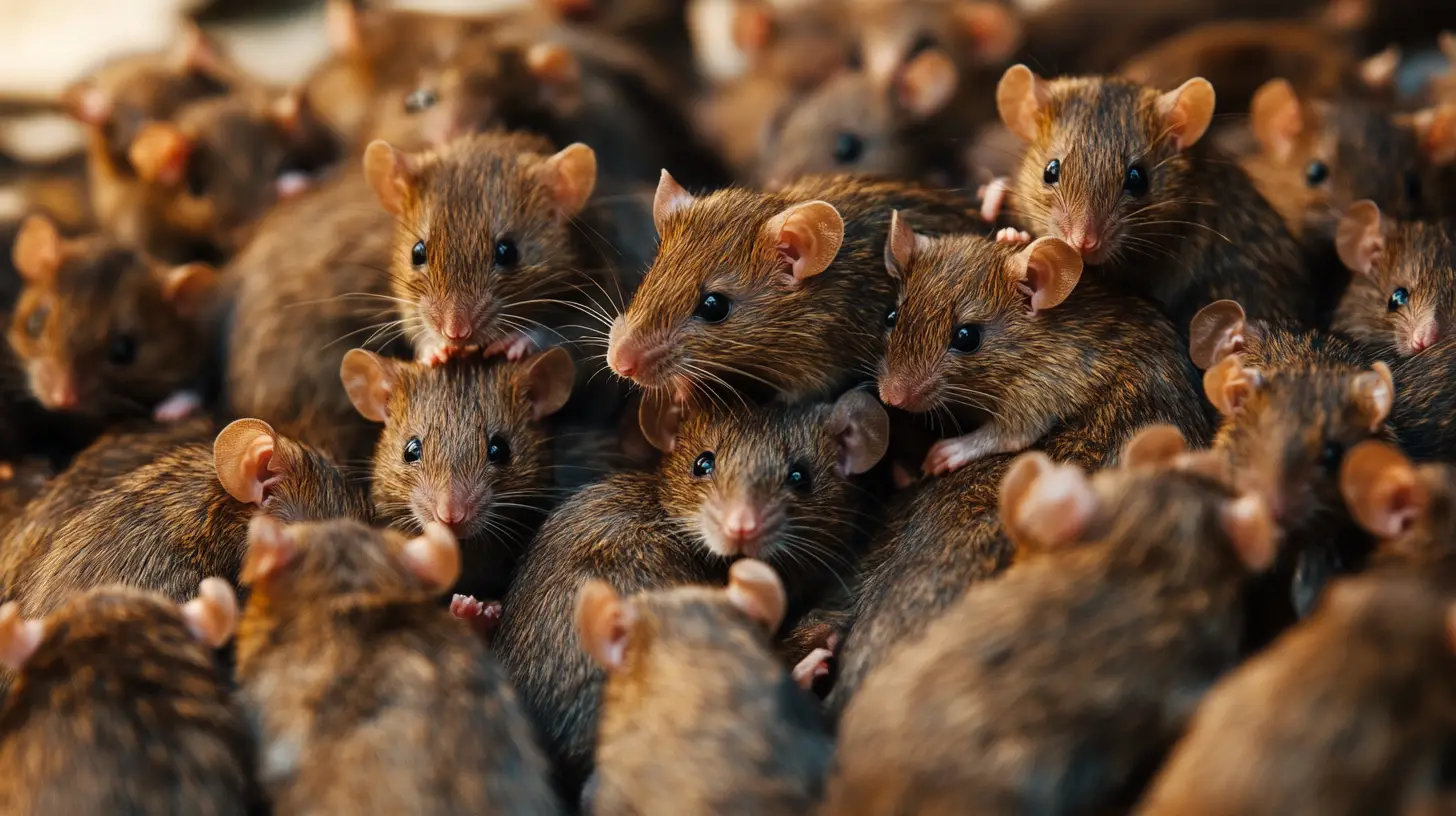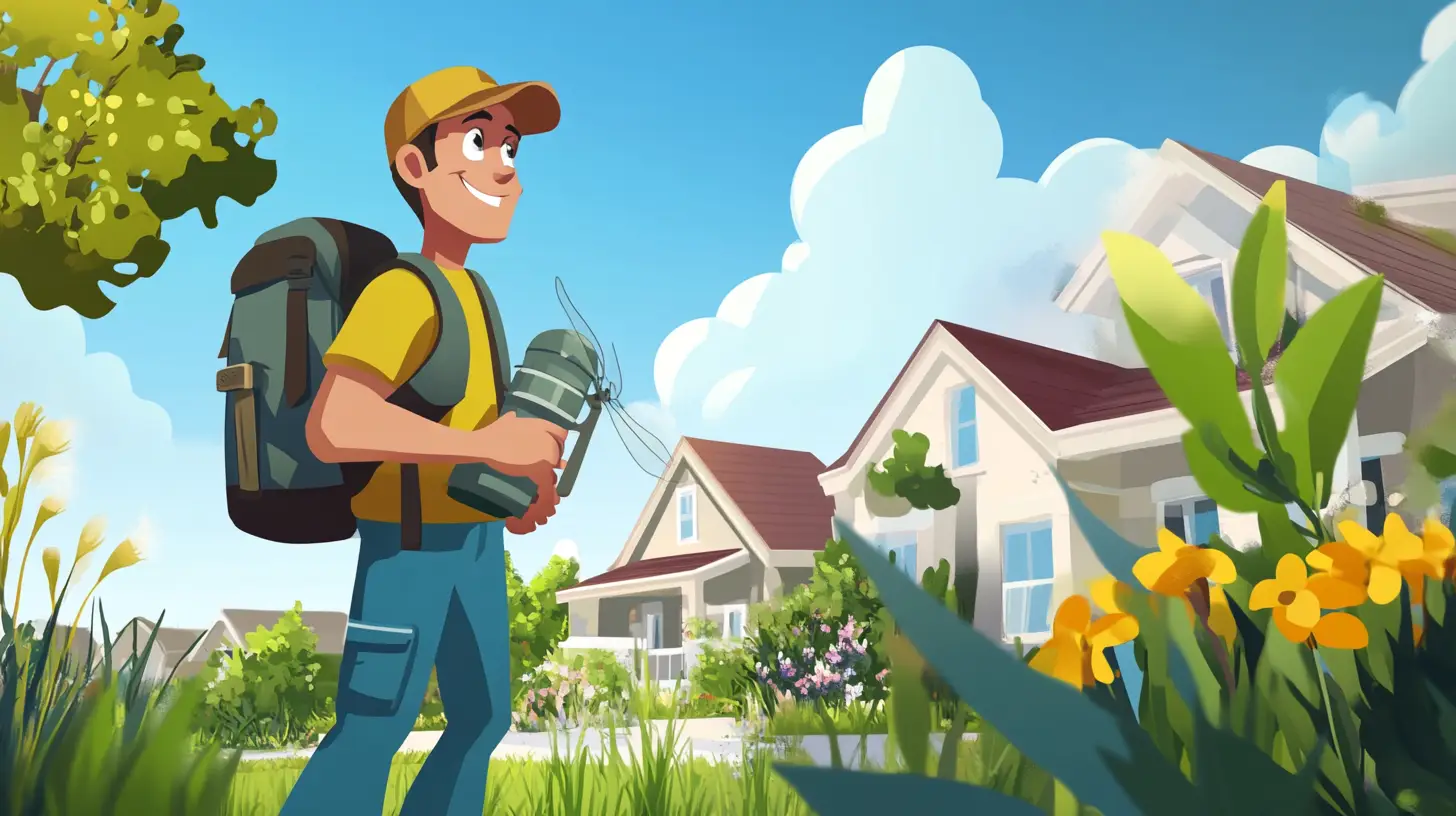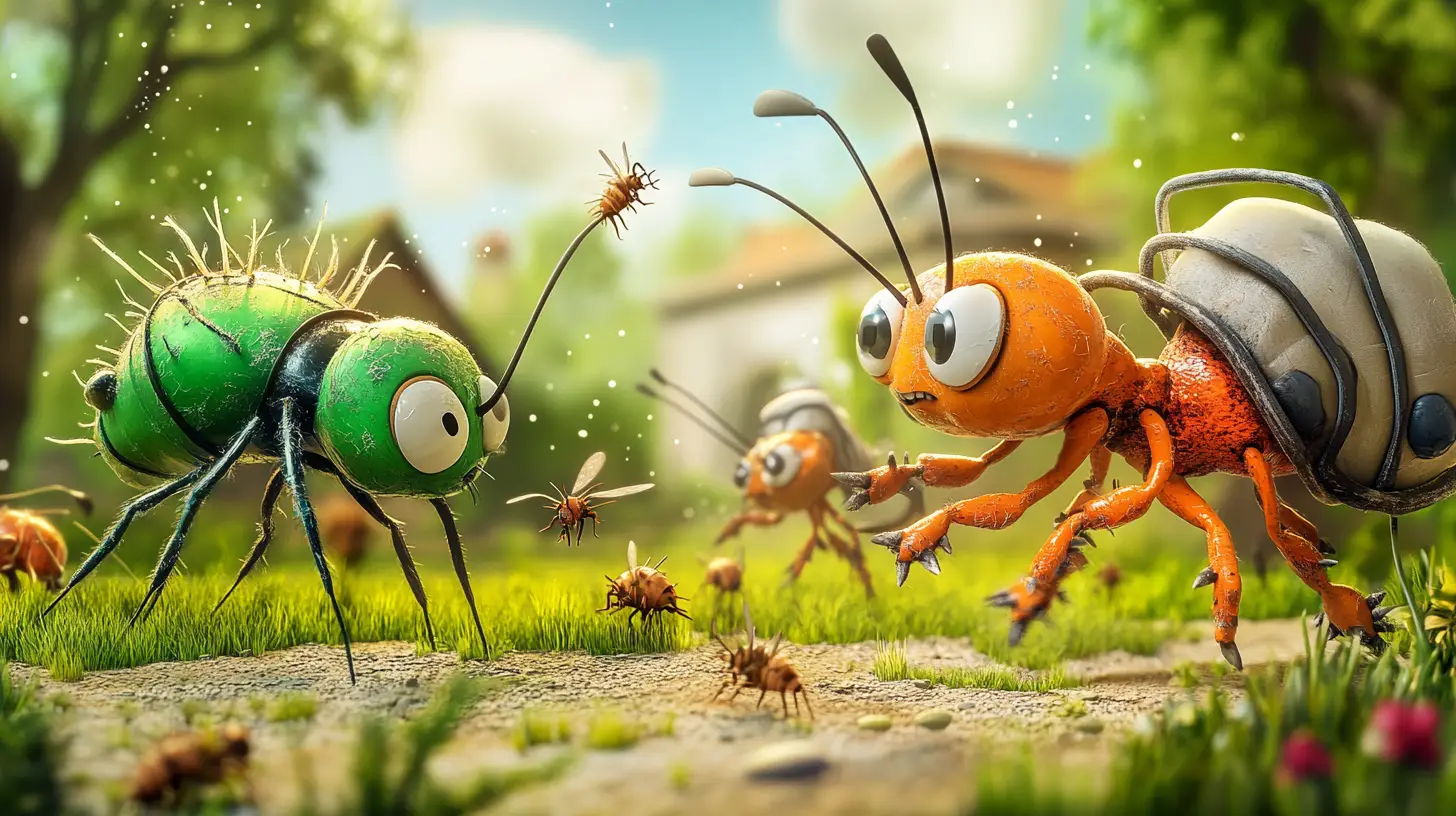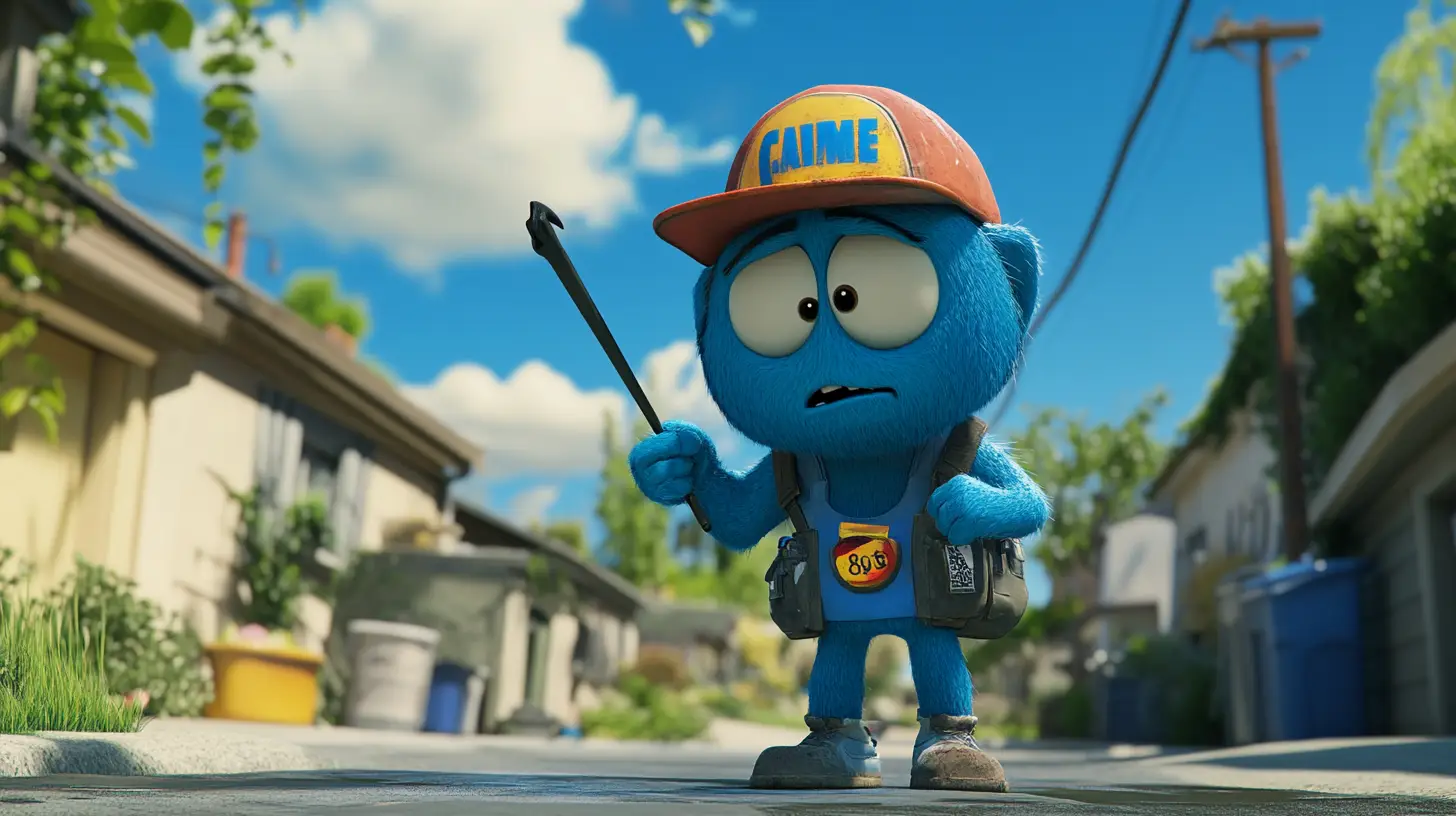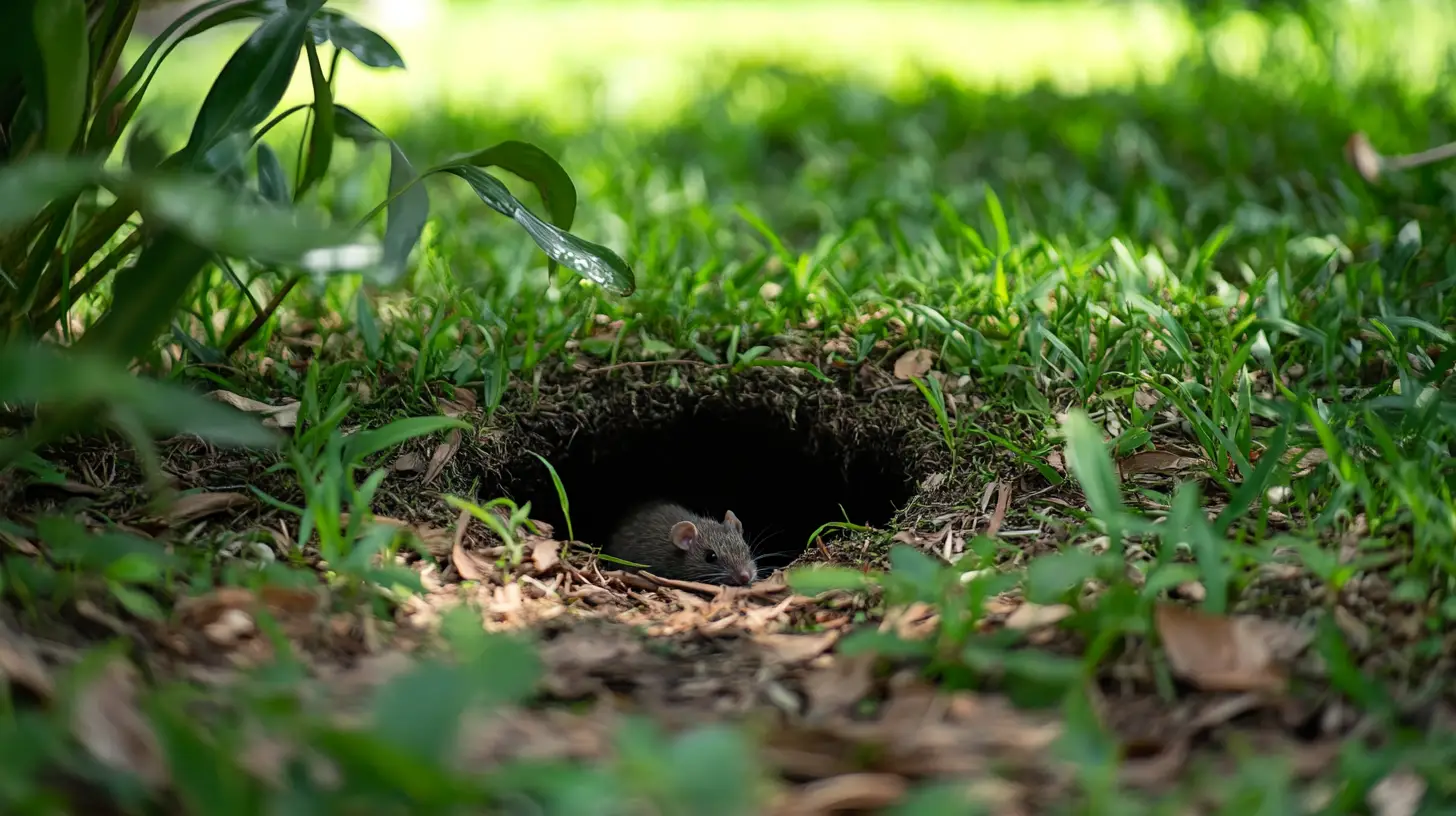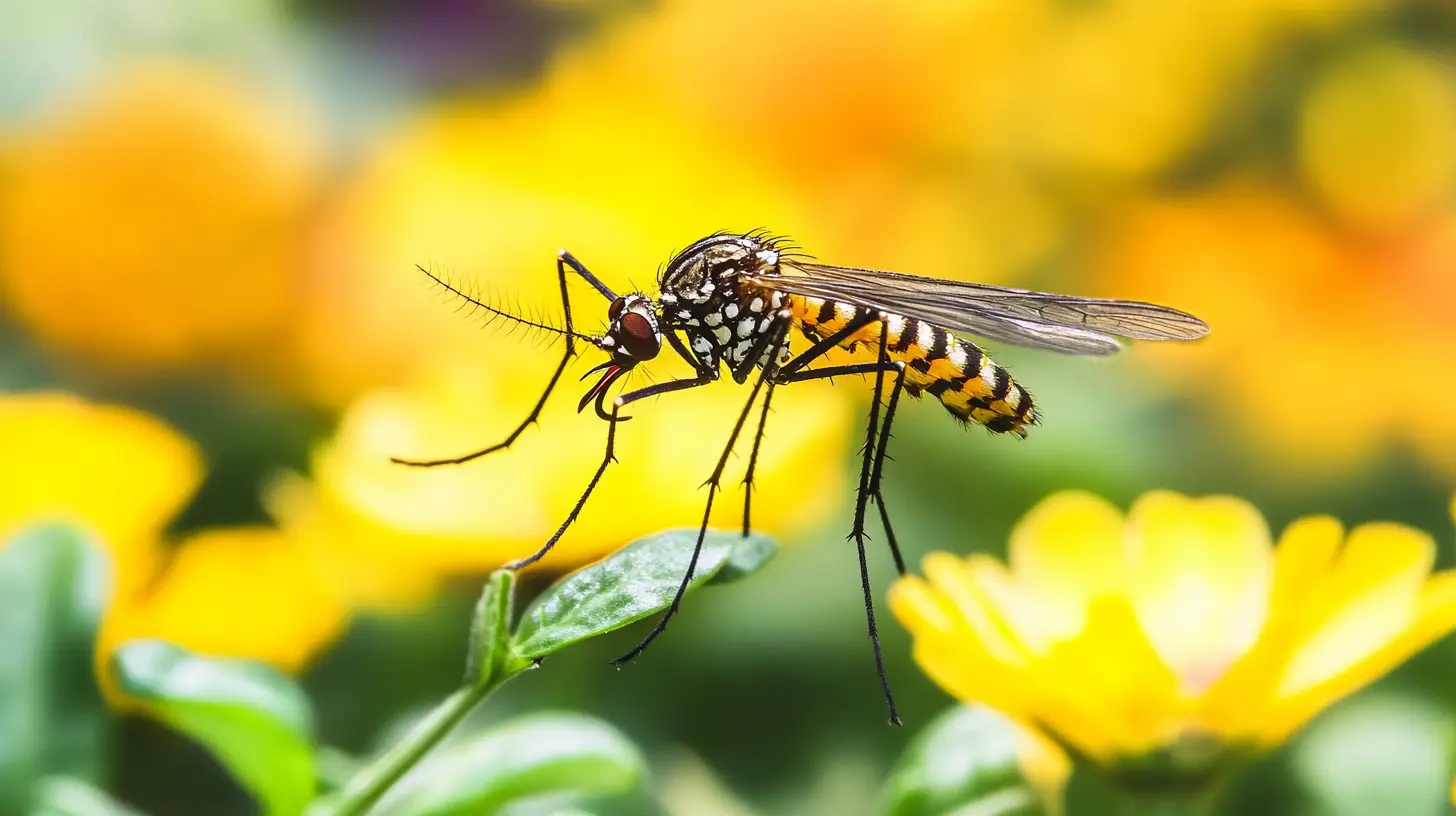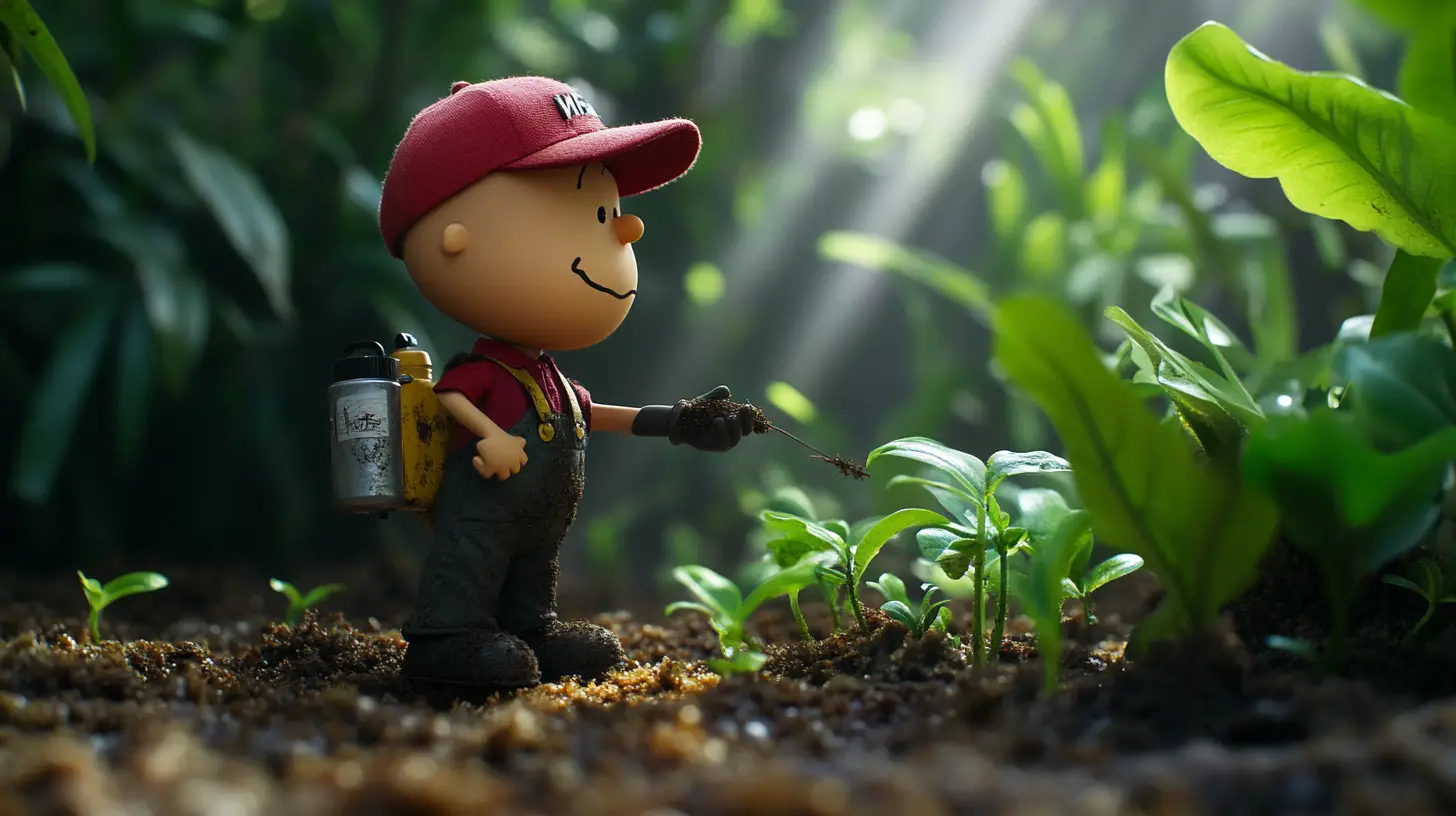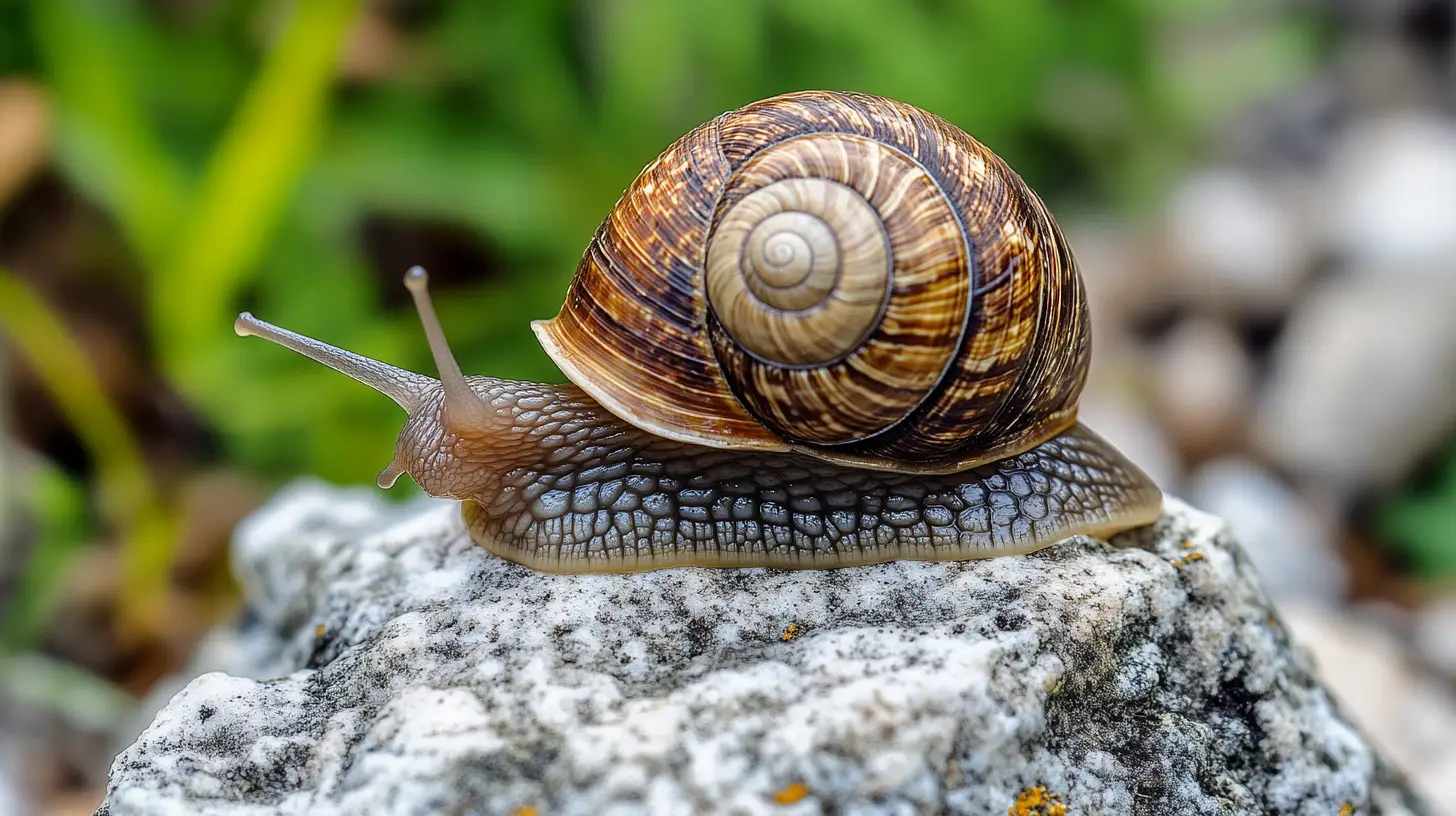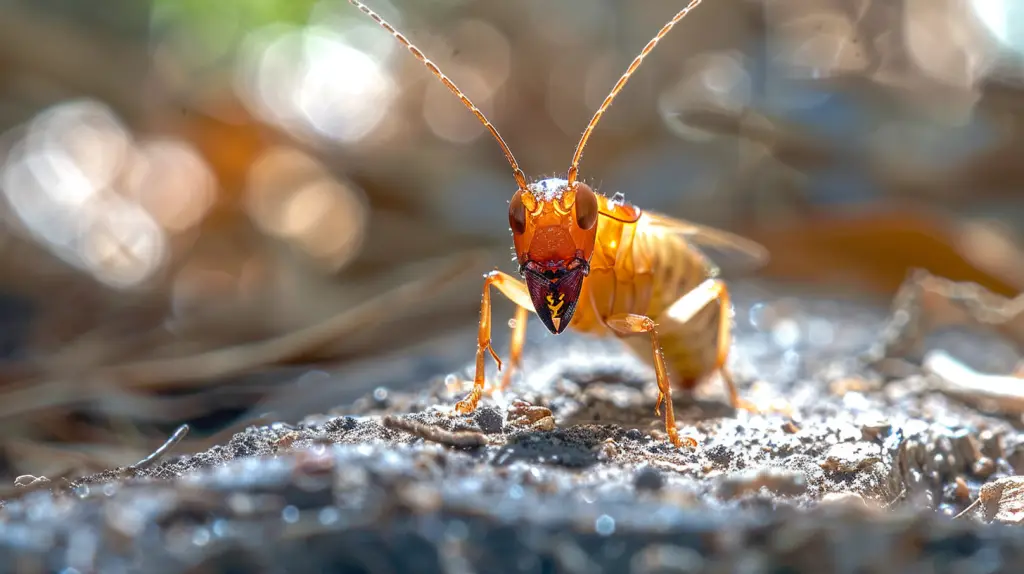
Table of Contents
Drywood Termites – Silent Intruders Inside Your Home
Drywood termites are a particularly invasive species in Florida, capable of causing significant damage to homes without requiring contact with soil. Unlike subterranean termites, drywood termites live entirely within the wood they consume, making them harder to detect. These pests often infest furniture, structural beams, flooring, and even picture frames, quietly hollowing out wood from the inside.
Drywood termites don’t build mud tubes like their subterranean counterparts, as they don’t need soil moisture to survive. Instead, they thrive in dry, warm environments, which makes the interior wood of homes in Lakewood Ranch an ideal target. One of the most noticeable signs of a drywood termite infestation is the presence of frass, small wood-colored droppings that termites push out of their tunnels, often collecting near windowsills, door frames, or baseboards.
Another key indicator of drywood termites is the presence of discarded wings left behind after a swarm, which typically happens in the late summer or fall when reproductive termites (alates) leave the colony to form new nests. Because drywood termites can go undetected for long periods, they are particularly destructive, and fumigation or targeted termite treatments are often necessary to eliminate the infestation. Regular termite inspections and early detection are key to protecting your home from these silent intruders.
Types Of Drywood Termites
Drywood termites are a destructive pest that can cause severe damage to homes and wooden structures. Unlike subterranean termites, they do not require contact with soil and can live entirely within dry wood. Here are some common types of drywood termites:
- Western Drywood Termite (Incisitermes minor) – One of the most common drywood termite species in Florida and across the southern U.S. They infest structural wood, furniture, and dead tree limbs.
- Southeastern Drywood Termite (Incisitermes snyderi) – Primarily found in Florida, these termites are smaller but can still cause extensive damage to wooden structures.
- Tropical Rough-headed Drywood Termite (Cryptotermes brevis) – This species is considered highly invasive and is known for infesting homes and furniture. They produce small, sand-like fecal pellets, a key sign of infestation.
- Powderpost Drywood Termites (Cryptotermes spp.) – Known for their ability to cause significant structural damage over time, often infesting hardwood floors and furniture.
Drywood Termites Identification

Identifying drywood termites early is essential to prevent costly damage. Here are some key characteristics:
- Size & Color – Adult drywood termites range from 3/8 to 1/2 inch long. They can be pale brown, tan, or even translucent.
- Wings – Swarmers (reproductive termites) have two pairs of equal-sized wings that are clear or slightly smoky in color.
- Pellet Droppings – Drywood termites leave behind small, six-sided fecal pellets that resemble grains of sand. These are typically found in piles near infested wood.
- Wood Damage – Infested wood may sound hollow when tapped and often has galleries filled with frass (termite droppings).
- No Mud Tubes – Unlike subterranean termites, drywood termites do not build mud tubes. They live entirely within the wood they infest.
How Get Rid Of Drywood Termites
Eliminating drywood termites requires a combination of treatment methods, depending on the severity of the infestation. Here are the best ways to get rid of them:
1. Inspect and Identify the Infestation
Conduct a thorough inspection of your home, especially wooden furniture, attics, and wooden beams. Look for signs like kick-out holes, frass, and winged swarmers.
2. Spot Treatments
- Bora-Care Treatment – A borate-based wood treatment that penetrates and eliminates termites.
- Foam Termiticides – Injecting termiticidal foam into the affected wood can kill termites inside.
- Orange Oil – A natural treatment option that contains d-limonene, which kills termites on contact.
3. Fumigation (Tenting Method)
For severe infestations, whole-structure fumigation is the most effective treatment. A licensed professional will enclose the structure in a tent and release a fumigant gas to eliminate termites.
4. Heat Treatment
Heat treatment involves raising the temperature of the infested wood to lethal levels (around 120-140°F), effectively eliminating termites. This is a non-chemical option suitable for furniture and small infestations.
5. Preventive Measures
- Seal Cracks and Crevices – Close off entry points to prevent new infestations.
- Use Treated Wood – Applying borate-based treatments to exposed wood can deter future termite activity.
- Regular Inspections – Conduct annual termite inspections to catch infestations early.
FAQ: Get Rid of Drywood Termites
What are the signs of a drywood termite infestation?
Common signs include discarded wings from swarmers, piles of small pellet-like droppings (frass), hollow-sounding wood, and visible damage to wooden structures or furniture.
How do drywood termites get into my home?
Drywood termites typically enter homes through small cracks in wooden structures or infested furniture. They do not require soil contact and can spread through infested wood materials.
Can I treat drywood termites myself?
DIY treatments such as borate-based products, orange oil, and foam termiticides can help with minor infestations, but professional fumigation or heat treatment is recommended for severe cases.
Is fumigation the only way to eliminate drywood termites?
No, fumigation is the most effective method for widespread infestations, but localized treatments such as heat treatment, spot chemical applications, and borate-based solutions can also be effective.
How can I prevent drywood termites from coming back?
To prevent reinfestation, seal entry points, use treated wood for construction, conduct regular inspections, and remove any infested furniture or wood materials from your home.

